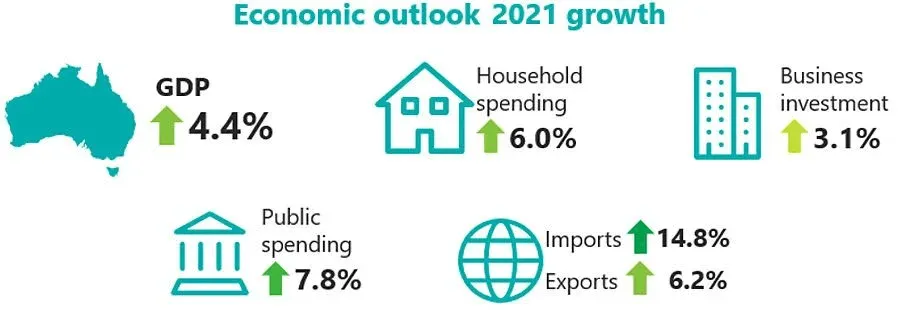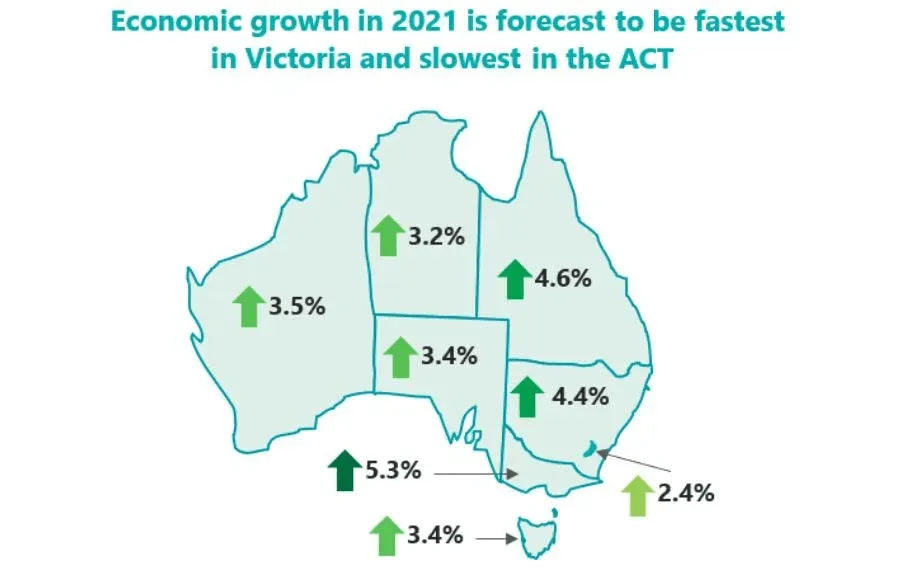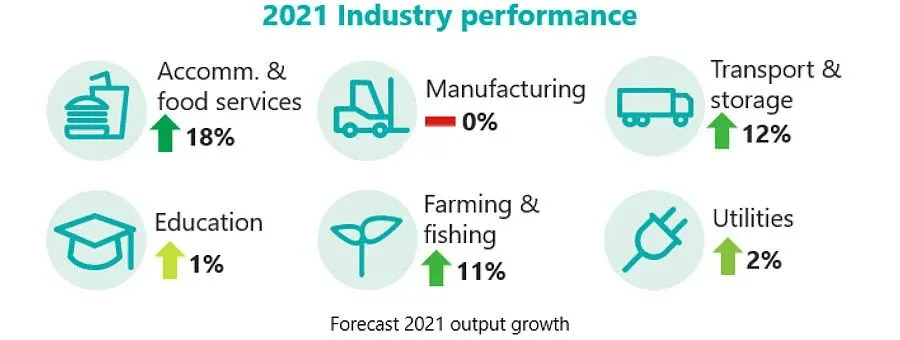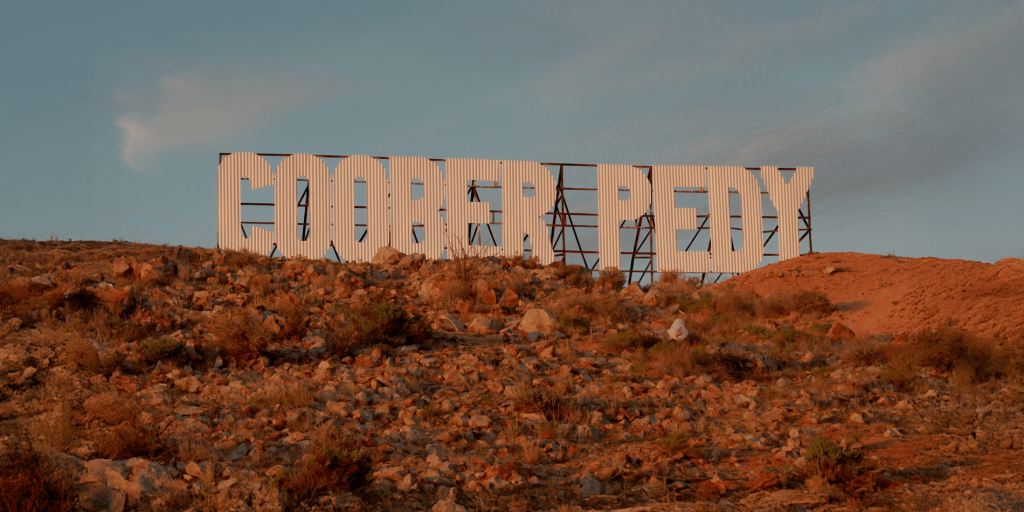January 21, 2021
Australia’s economy poised to start bouncing back in 2021
As the Covid-19 tide gradually turns a corner towards recovery, Deloitte Access Economics has taken stock of Australia’s economy – forecasting a much brighter 2021 than originally feared.
Australia’s vaccine rollout starts next month, adding an extra safety net to a country where infection containment has been remarkably effective – particularly in global context. The upshot is that 2021 rings in with a note of optimism.
“Australia is one of just five nations – Taiwan, China, Vietnam, New Zealand and ourselves – who enter 2021 very well-placed. Covid-19 numbers are very low, the vaccine news is excellent, confidence is rebounding, there are heartening developments in job markets, and China’s trade war with Australia has – so far at least – actually added to national income rather than hurt it,” noted Chris Richardson, partner at Deloitte Access Economics.

This is a change of tune for Richardson and Deloitte Access Economics. Midway through 2020, he was lamenting the tentative economy in Australia at a time when cases were worryingly on the rise again. At the time, the economic cost of a second wave was pegged at a devastating $100 billion.
Many factors were driving the contraction. Spending has been at a marked low amid a recession, which was also keeping investment at a minimum. Trade and supply chains were hindered, while migrant population – positioned as a key driver of Australia’s future economic growth – had all but dried up. A vicious cycle: billions in job and income losses were making matters worse, which in turn cost more jobs.
Today, each of these economic fundamentals looks to be on the mend. Per Deloitte Access Economics’ growth outlook for 2021, around 300,000 people will return to the labour force this year, with over 400,000 job additions expected by the end of next year. Unemployment will steadily dip, dropping below 6% by 2023.
Setting off the dominoes: more employment will boost household spending and business investment, while the vaccination will set the imports and exports back in motion. By the end of this year, the researchers expect Australia’s GDP to grow by more than 4%.

Victoria leading the rebound
Among the most promising signs is the turnaround in Victoria. In July, the region was an infection hotbed for Australia, which was met with a strict government response – termed “the hammer” by Richardson. The economic risks of a complete lockdown were significant, although infection rates have since been brought under control and the state is in a position to reopen.
In fact, Deloitte Access Economics expects Victoria to be the fastest growing state in 2021 – at more than 5%. Queensland and New South Wales are also backed for strong growth of around 4.5% this year, while Western Australia, Southern Australia, Northern territory and Tasmania could climb by more than 3%. Australian Capital Territory will also grow, albeit at a slower rate of just over 2%.
Variations by geography are matched by differing forecasts by sector. For instance, a reopened economy will immediately spell a bounce back for travel, tourism, food, accommodation, retail and entertainment, which suffered from the sudden change in consumer behaviour. Knee-jerk spending is expected to offset the low discretionary spending levels that could damage income for these industries.

Bumpy road ahead
“To be clear, although the damage of 2020 is winding back fast, it definitely hasn’t disappeared, and it will linger: the enormous protection provided by the federal government is being dismantled rapidly, the world economy is a mess, and the geopolitical backdrop for Australia looks more troubled than it has been for many years.”
“Wage and price gains have been on a downtrend for decades, both locally and globally, and the Covid-19 crisis will keep both bumping along the bottom for some time.” Indeed, wage growth will crouch at 1% for this year. This is in addition to “rock-bottom” inflation of 1% kept low by unemployment, and “crushed” interest rates of 0.1% – neither of which can expect a recovery before 2024.
Lastly, migration has all but evaporated, and likely won’t recover until the vaccine has taken effect globally. By 2022, Australia’s population will be half a million people smaller than what was originally forecast before Covid-19. For sectors such as manufacturing and utilities – already plagued by a lack of global competitiveness – the economic outlook as it stands will prevent any meaningful growth. The same is true for the education sector.
So there are some challenges to navigate. “Then again, a bit of perspective is handy. Australia has made many mistakes in juggling Covid-19, but so far, we’ve made fewer mistakes than most of the globe. You’d rather be here than almost anywhere else,” noted Richardson.
Original article source – https://www-consultancy-com-au.cdn.ampproject.org/c/s/www.consultancy.com.au/news/amp/2876/australias-economy-poised-to-start-bouncing-back-in-2021





